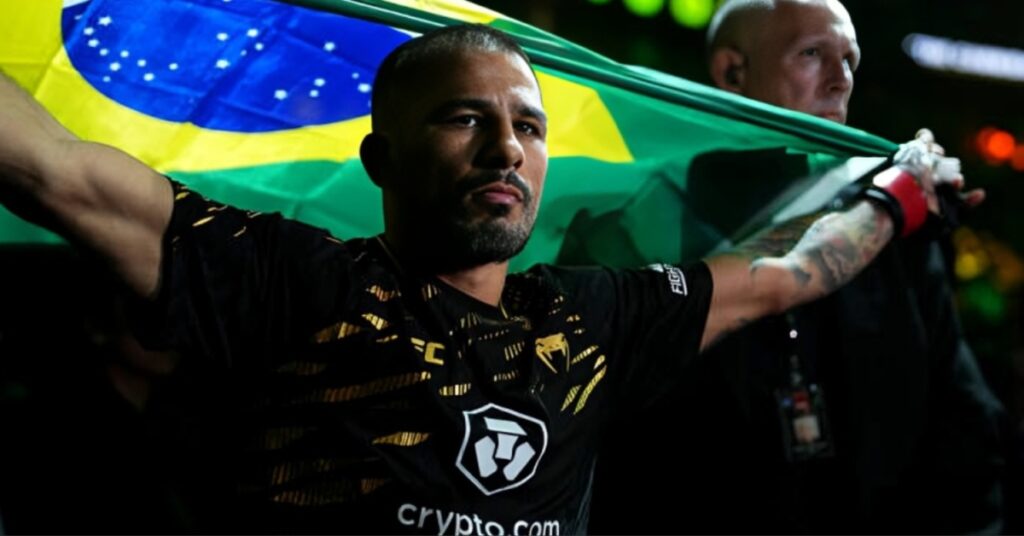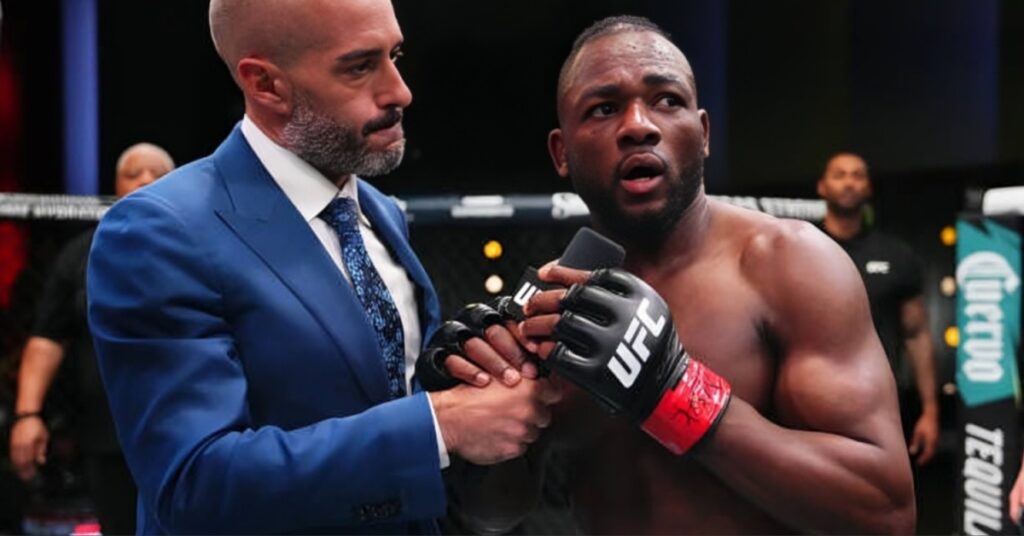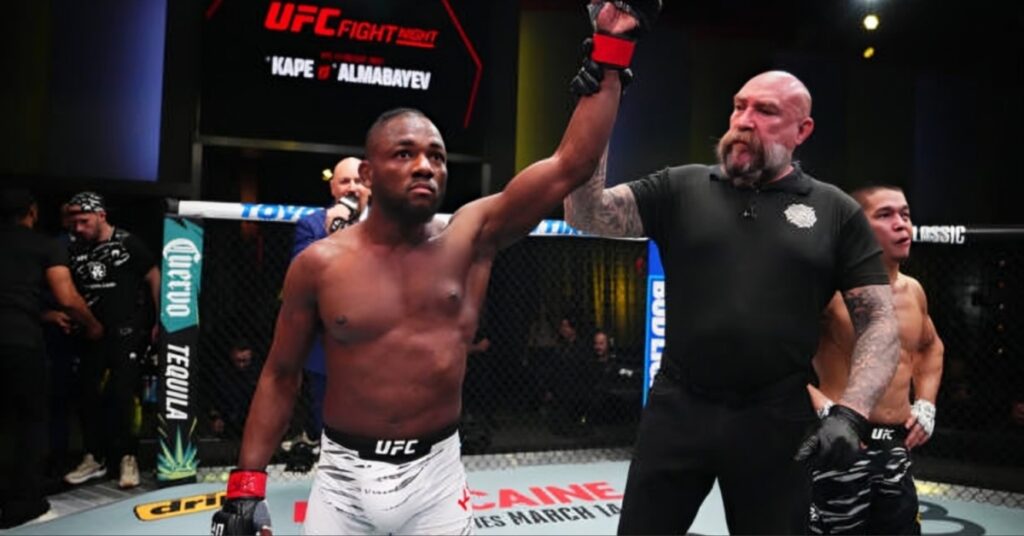UFC Dominance: How Dana White and the UFC Took Over the World
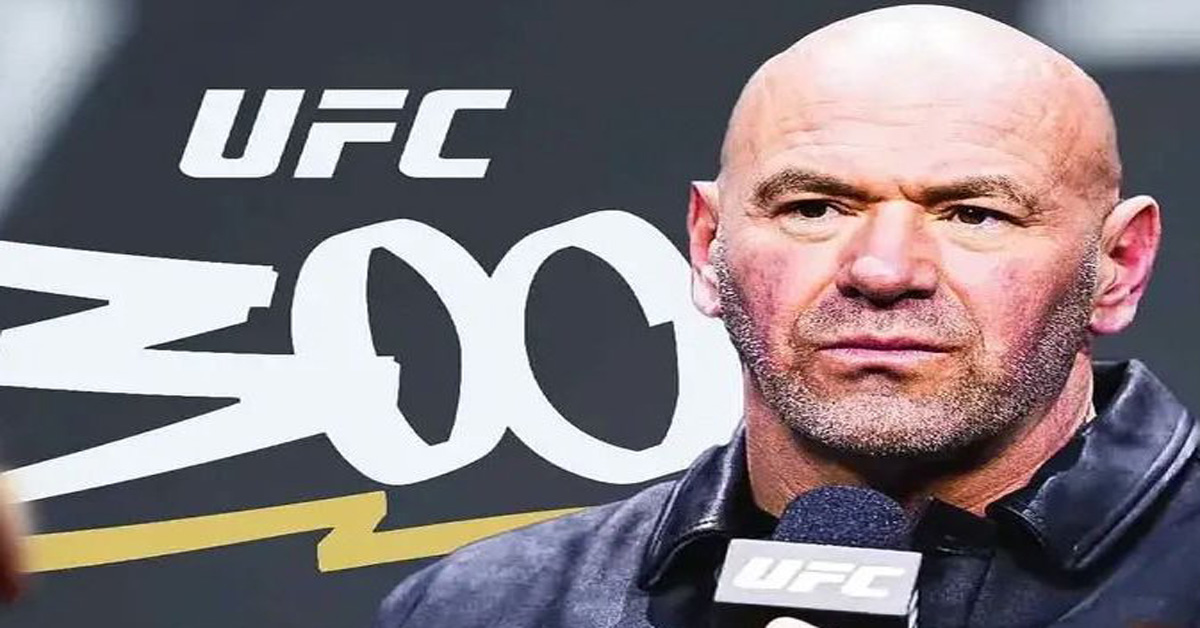
An exciting look at how Dana White turned the UFC into the biggest MMA promotion of all time.
The UFC has become a global powerhouse. Founded all the way back in 1993, what started as a small promotion soon turned into a phenomenon throughout the 2000s and 2010s, thanks largely to Dana White, Lorenzo Fertitta, and Frank Fertitta, who purchased the UFC at a time when the company was struggling. Today, even casual fans know what the UFC is, as it’s now officially a household brand name at the top of the combat sports pyramid. And unlike many success stories, it didn’t happen by pure luck. Through investment, marketing, and acquisition of pay-per-view fighters, the UFC has been able to become one of the biggest success stories of all time — so here’s a closer look at how it all happened.
How the UFC Became a Success
When people think about pay-per-view ‘fight nights’, the first thing that comes to mind is the UFC. The UFC is combat sports personified; the thing you watch on a Saturday night with your friends while everyone grabs a beer, eats pizza, and relentlessly talks about it on social media after. However, if you jump in a time machine and go back to the early ‘90s, it wasn’t always this way. Back then, the UFC only had a small niche audience and the brand was relatively unknown, which is hard to even imagine now.
1993: The Start of the UFC
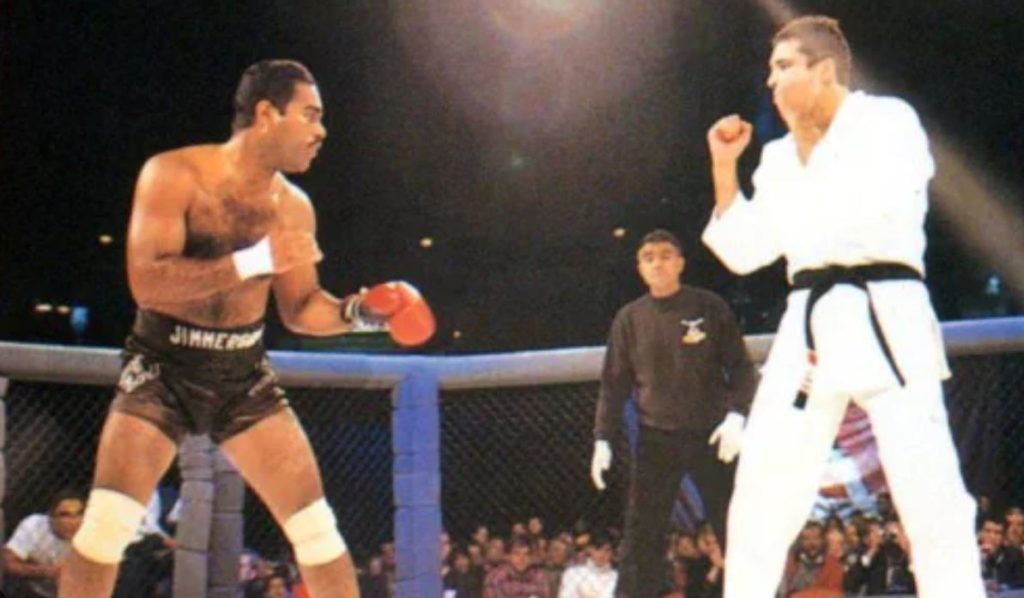
It was in 1993 when the UFC officially launched.
The acronym stood for “Ultimate Fighting Champion”, which was the aim of the promotion: to find the best combat sports champion on the planet. Fighters from all backgrounds, including martial arts, boxing, and jiu-jitsu, were allowed to participate in the tournaments. Back then, though, there were no weight classes (yes, that’s right, no weight classes) and the fights had pretty much no limits, with the first ever UFC event at the McNichols Sports Arena in 1993 officially billed as “ultra-violent” and “no-holds-barred”. Rules, rounds, and point systems were thrown out the window and the only way you could win was via knockout, submission, or if your corner literally threw in the towel.
In some cases during the early days, UFC fights would go on for up to an hour until a winner was crowned, which made the UFC an incredibly entertaining (albeit brutal) spectacle. This actually caused the organization to attract negative press, as many critics viewed the set-up as unsafe, violent, and exploitative to fighters. However, this didn’t stop the UFC from garnering a small but powerful niche audience of fans who were captivated by the brutal nature of the fights they were watching.
Towards the end of the ‘90s was when the UFC started hitting something of a roadblock. As an organization, it lacked the efficiency and business-savvy nature to truly go mainstream, which was a huge factor holding it back. Fortunately, something special was just around the corner.
2001 – 2010: Big Changes and Going Mainstream
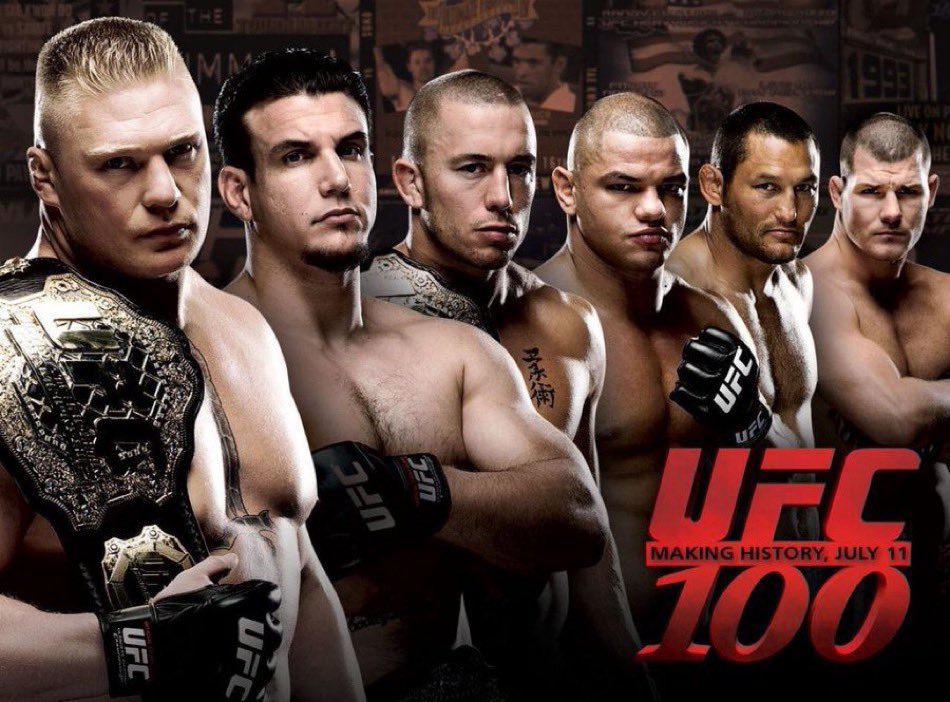
In January of 2001, the UFC changed forever.
Lorenzo Fertitta and Dana White officially acquired the UFC for just $2 million via Zuffa L.L.C., signaling the start of a new era. Prior to the takeover, previous owners Semaphore Entertainment Group (SEG) had started experiencing major financial problems, so they’d had to sell a lot of the UFC’s assets to avoid bankruptcy. Even the UFC website, ‘ufc.com’, had to be sold, which is why (for many years following the takeover) the UFC used ‘ufc.tv’ as their domain instead. And the original deal itself meant Dana White and the Fertitta brothers only received the brand name ‘UFC’ along with an old octagon cage, so things were looking rough to start with. However, it wasn’t long before they started to turn a bad deal and dying brand into something bigger than anyone could have imagined.
In the years following 2001, the UFC gradually started going mainstream. Under new ownership, the plan was to transform the UFC into a more accessible, controlled, and professional combat sports brand that everyone, from casuals to diehard fans, could enjoy. In particular, the plan had a specific focus on greater fighter safety and overall production quality, similar to what was seen in the boxing world. And pretty quickly, the plan started to work and the entire UFC brand was transformed, highlighted best by when Fox Sports Net aired the UFC’s first non-pay-per-view event on standard cable TV in 2002. From then on, sponsorship deals were flying through the door and all the world’s best combat sports fighters wanted a piece of the UFC pie.
By the time 2009 rolled around, the UFC was booming and the official “100th” numbered event, ‘UFC 100’, took place. It featured an incredibly stacked card, featuring Brock Lesnar vs Frank Mir II as the main event. At the time, UFC 100 broke all previous records and became the UFC’s most purchased pay-per-view of all time, reaching a buyrate of 1.6 million. In under a decade, Dana White and co. had taken the UFC to the big time — and this was the event that symbolized it all.
2010 – 2024: Global UFC Dominance
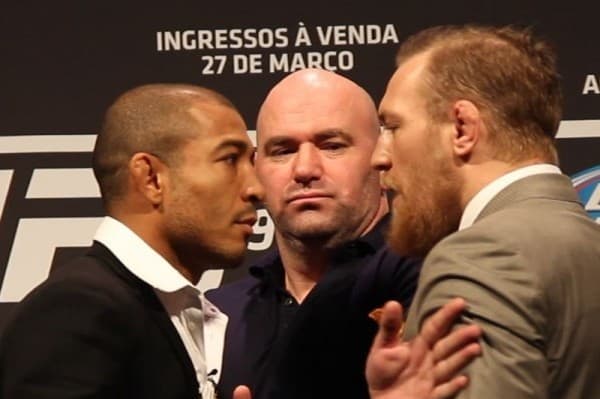
If anyone thought that the UFC had peaked at the end of the 2000s and was set to decline, they couldn’t have been more wrong.
As soon as the new decade started, the UFC managed to somehow go up a gear, with many people now looking back at the ‘2010s UFC’ as the golden era for the promotion. During this time, some of the biggest names that combat sports has ever seen, including Connor McGregor, Cain Velasquez, Brock Lesnar, Khabib Nurmagomedov, Georges St-Pierre, Jon Jones, and Amanda Nunes were all in their primes, ensuring that every single UFC pay-per-event pulled in huge numbers.
During this iconic time period, countless classic fights took place. The debate surrounding which fight was the best still rages to this day, but you can generally call it a toss-up between Jon Jones v. Alexander Gustafsson (UFC 165, 2013), Robbie Lawler v. Rory MacDonald II (UFC 189, 2015) and Nate Diaz vs Connor McGregor (UFC 202, 2016). Thrown on top of this are what you would call UFC ‘spectacle fights’, the ones that aren’t technically the best fights but captured mainstream attention and even got casual fans to tune in and watch, with the best example of this being Connor McGregor vs Khabib Nurmagomedov (UFC 229, 2018), which sold an all-time record 2.4 million pay-per-views, according to data collected by online review site MinimumDepositBettingSites. This wasn’t just a UFC fight, it was a cultural event that everyone around the world wanted to see, and it’s unknown if the UFC will ever be able to recapture the hype going into McGregor vs Khabib, as it was truly like nothing else combat sports had seen before.
Naturally, because the UFC was such a success in the 2010s, it led to interest from potential buyers. The UFC was then purchased in 2016 for $4 billion by Endeavour, meaning the Fertitta brothers would walk away but Dana White would stay as CEO and president. At that time, it was the most lucrative deal for a sports franchise ever and a giant increase from the original $2 million deal that Dana White bought the UFC before. In just 15 years, the UFC had gone from a value of $2 million to $4 billion, a seismic increase that will probably never happen with a combat sports company again.
Today, although the ‘Golden Era’ of the UFC is deemed to be over for now, the brand itself is still stronger than ever, with UFC 303 recently achieving over $20 million in pay-per-view ticket sales. A new era of stars are flying the flag for the UFC, too, including the likes of Israel “The Last Stylebender” Adesanya and young star Tatsuro Taira, so the company is in safe hands. Not to mention, Dana White is still at the helm and is as ambitious as ever, which is why you shouldn’t be surprised to see countless successful pay-per-views and new sponsorship deals in the future.
Why the UFC Became So Popular
From 1993 to 2024, the UFC has reached unbelievable heights, primarily due to the expert leadership of Dana White along with (during the first half) the Ferttita brothers. Now, the UFC is the biggest and most entertaining combat sports brand on the planet, having attracted millions of fans from all different countries. Primarily, the fans love UFC because it’s pure entertainment — the type you look forward to watching at the weekend after a week at work. On top of this, the UFC has also created a huge community for fight fans to freely join, giving them an amazing outlet to enjoy their passion for combat sports. Not to mention, the UFC has also achieved extremely high levels of popularity because of the personalities that it’s produced over the years. Connor McGregor, Nate Diaz, Ronda Rousey, Brock Lesnar, and countless others have transcended the UFC and turned it into something so much bigger than just a combat sports brand, which has been unbelievable to witness.


